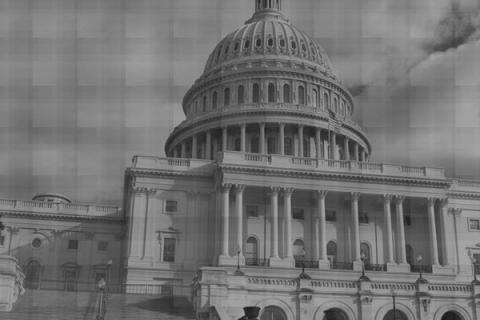After a confusion, voluntary of not, over medical terminology, Arizona became the most restrictive state with a ban of abortion after 18 weeks of pregnancy.
The last version of the "Women Health and Safety Act" signed by Arizona Governor provides a de facto ban of abortion after 18 weeks of pregnancy, except for medical emergency. Arizona is thus joining the fast growing club of states that have in the past two years been trying to limit access to abortion by limiting the number of weeks during which the procedure was legal.
Since Nebraska enacted the first “fetal pain” law prohibiting abortion after 20 weeks in 2011, it has been joined by no less than 9 other states. These laws rely on controversial scientific evidence that advances that by 20 weeks after conception fetuses have the physical structures necessary to experience pain, to justify such limitation. This idea is quoted in nearly every law as the purpose for the legislator’s actions. But you may wonder why, if all the references are made to a 20 week time period, did Arizona choose to limit abortion at 18 weeks?
An analysis of the expressions used in the various states in their “fetal pain” laws is needed to understand how a state of general confusion over the medical terminology can explain why Arizona differs from every other state and lowered its prohibition at 18 weeks.
Alabama, Idaho, Indiana, Louisiana, Nebraska, Oklahoma, chose a clear, non-controversial word in their respective laws. All of them decided to prohibit abortion when the probable post-fertilization age of the unborn child is 20 weeks or more. This definition is pretty clear as it uses the word fertilization is clearly defined by medical glossaries as meaning: “the joining of an ovum and a sperm to form a zygote and so start the development of an embryo.”
North Carolina as well provides an unambiguous law. “Abortion is legal during the first 20 weeks of pregnancy.” The use of the term “pregnancy” avoids any confusion as it is unanimously defined as saying: “the period, usually of 266 days, from conception to birth, during which the baby develops in the mother's womb.”
The next three states makes things even more complicated:
Kansas used as a time index the term “gestational age” defined in the law as “the time that has elapsed since the first day of the woman's last menstrual period.” This is the classic definition for “gestational age” as used in medical dictionary. However, it is a significant departure from the other states as there is in practice a two week difference between the woman’s last menstrual period and fertilization. The legislator however took this into consideration as it outlaws abortion when the unborn child reaches the “gestational age” of 22 weeks which equals the 20 weeks post-fertilization rule and remains in accordance with all the other states.
Georgia used also the expression “gestational age” as its time reference but defines it as “the postfertilization age of the unborn child at the time the abortion is planned to be performed or induced, as dated from the time of fertilization of the human ovum.” This is an unconventional use of the term “gestational age” but as a consequence of this definition, the limit is also set at 20 weeks.
It is in the middle of this chaos of expressions, definitions and time limits, that Arizona passed its revision of the abortion law last week.
As many of its predecessors, Arizona’s legislator reaffirmed, as the justification for its law, that scientific evidence showed that after “20 weeks of gestation,” an unborn child has the capacity to feel pain and needed protection. Thus article 36-2159 provides an abortion should not be performed if the “gestational age” of the unborn is a least 20 weeks. And here, the confusion expresses itself in all its glory. One part of the law refers to gestation which means “the process of development of a baby from conception to birth in the mother's womb” and another uses the expression “gestational age” and defines it as “the age of the unborn child as calculated from the first day of the last menstrual period of the pregnant woman.” Surprisingly, Arizona’s law does not seem to make any difference between these two concepts as the exact same time period 20 weeks is used with both of them. Arizona, contrary to Kansas, seems not to have taken into account the two weeks difference between them which results in a de facto prohibition of abortion at 18 weeks, a first in the country.
It is difficult to know if this was the goal of the Arizona legislator from the beginning or if it is an error inadmissible for a legislative body. Whatever the reason, it is revealing that this use of an apparent 20 weeks limit coupled with a change in the starting point helped the law to be voted without much publicity. But as much as Arizona is the first state to lower the prohibition of abortion to 18 weeks, it is the first one to face a challenge in court.
